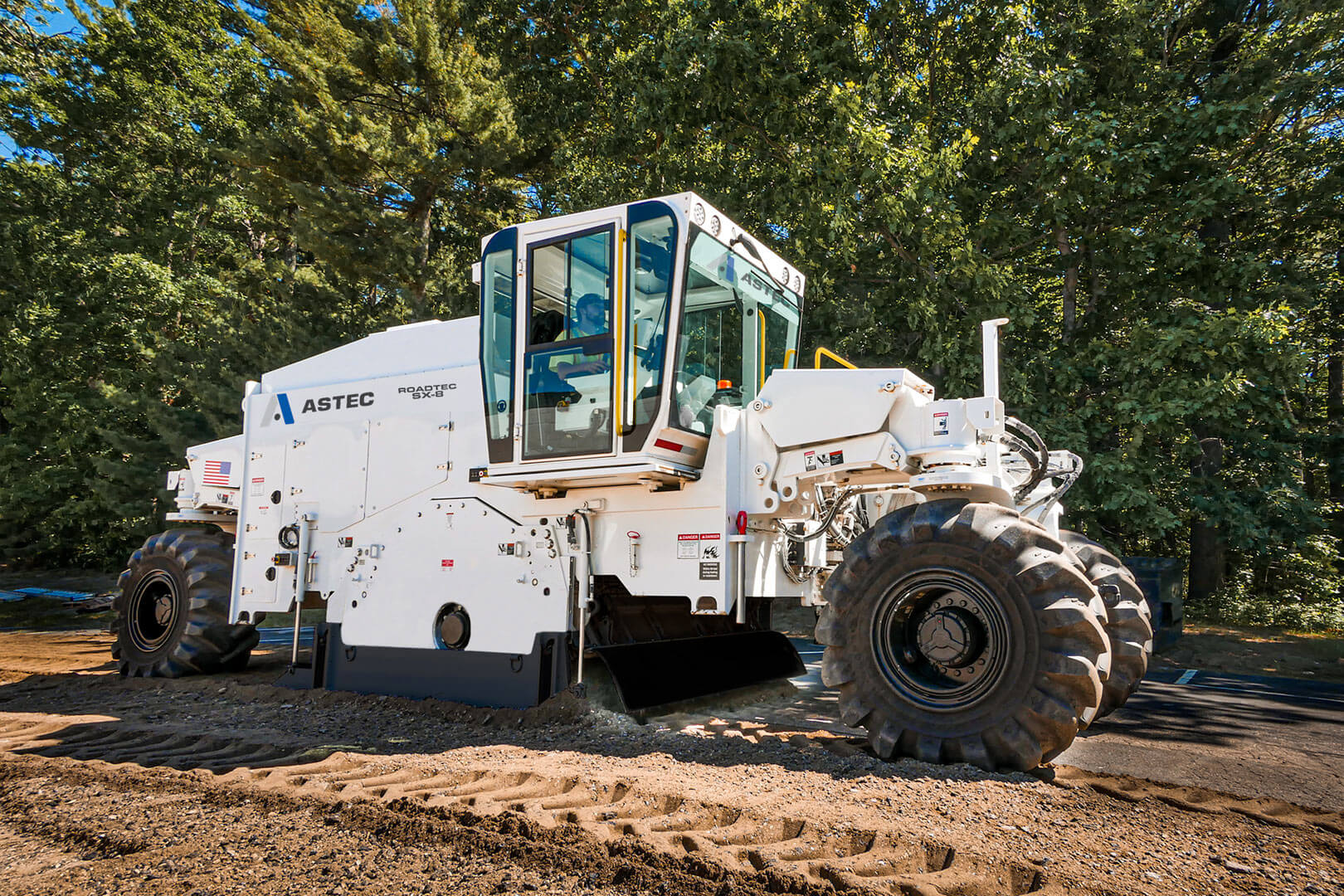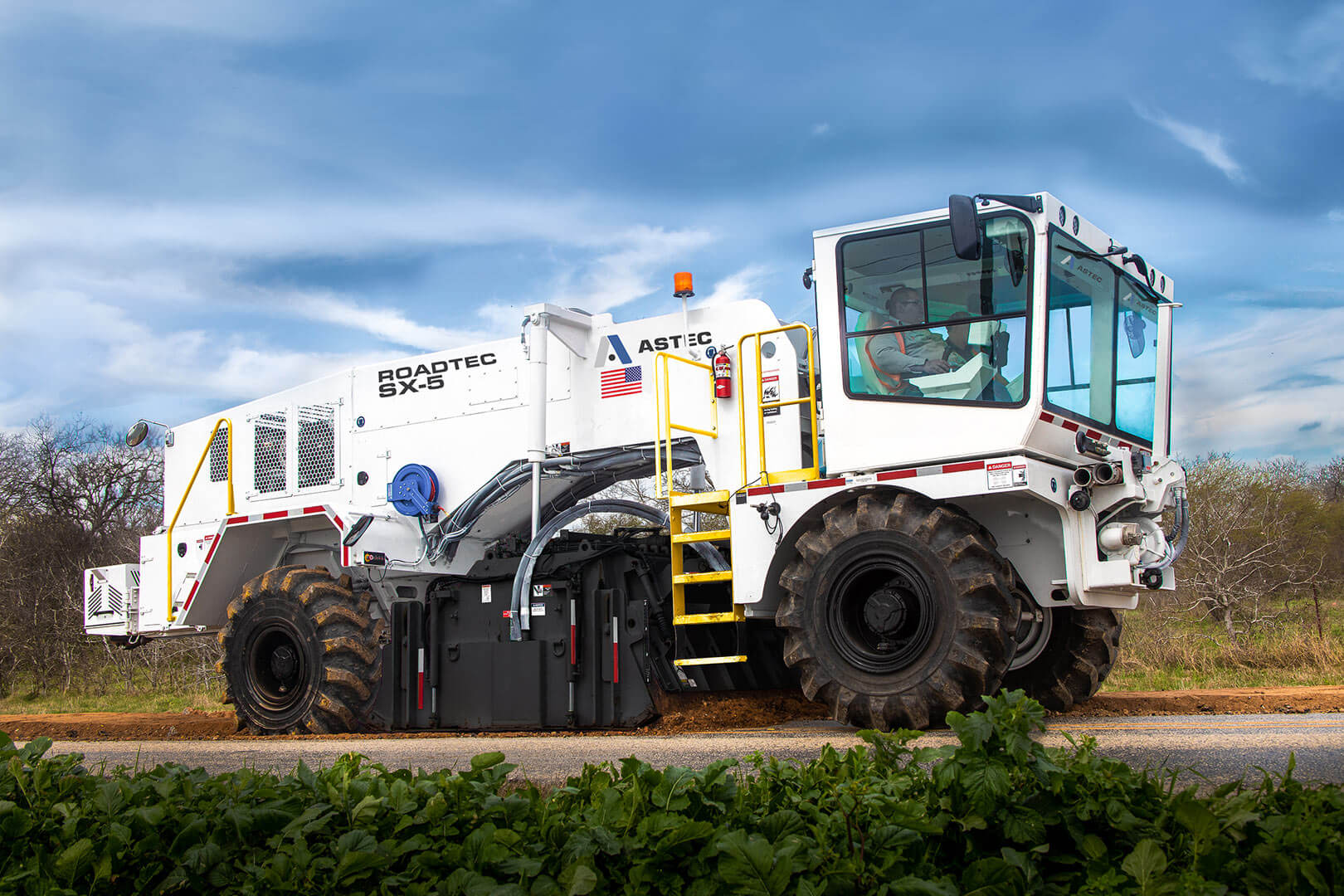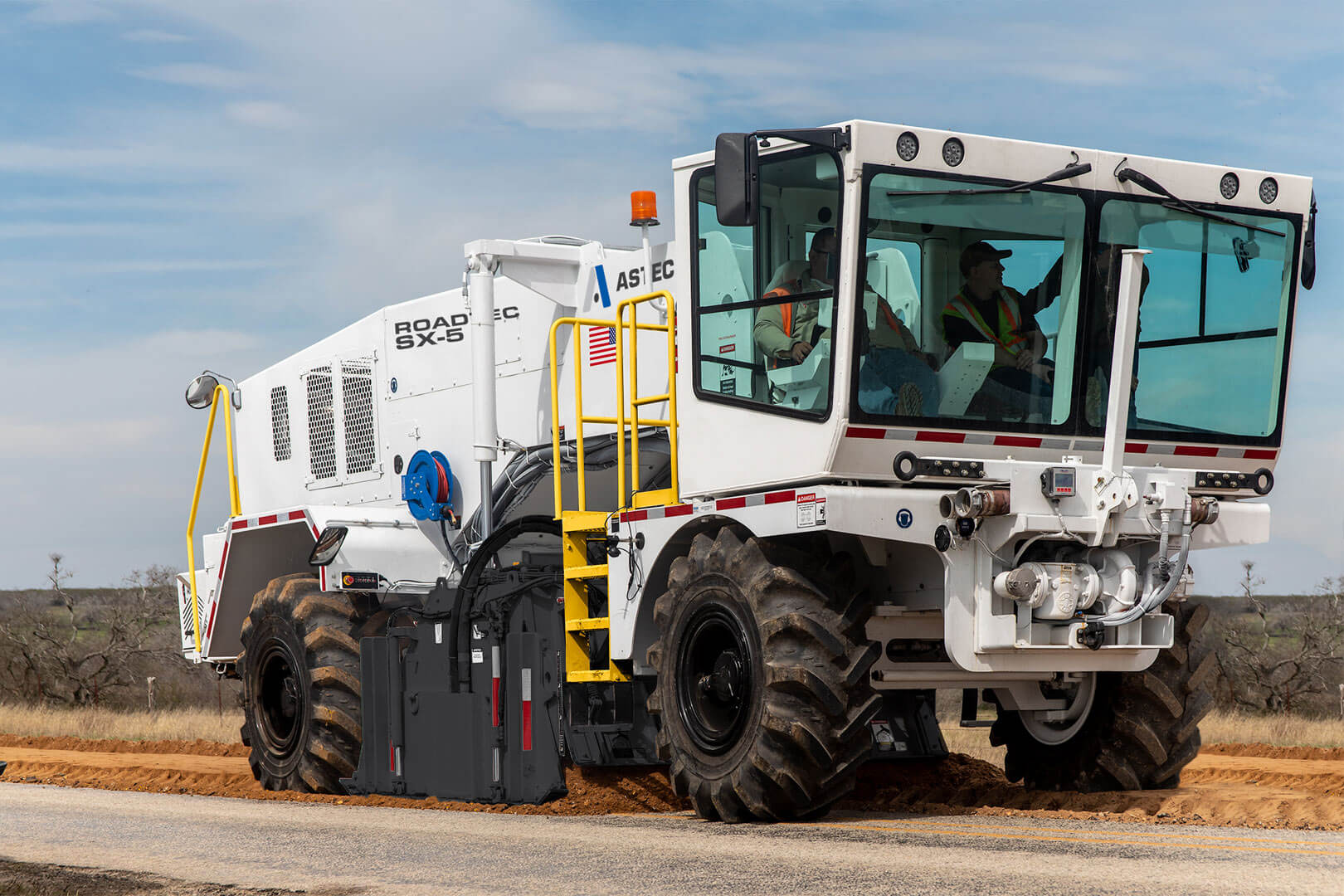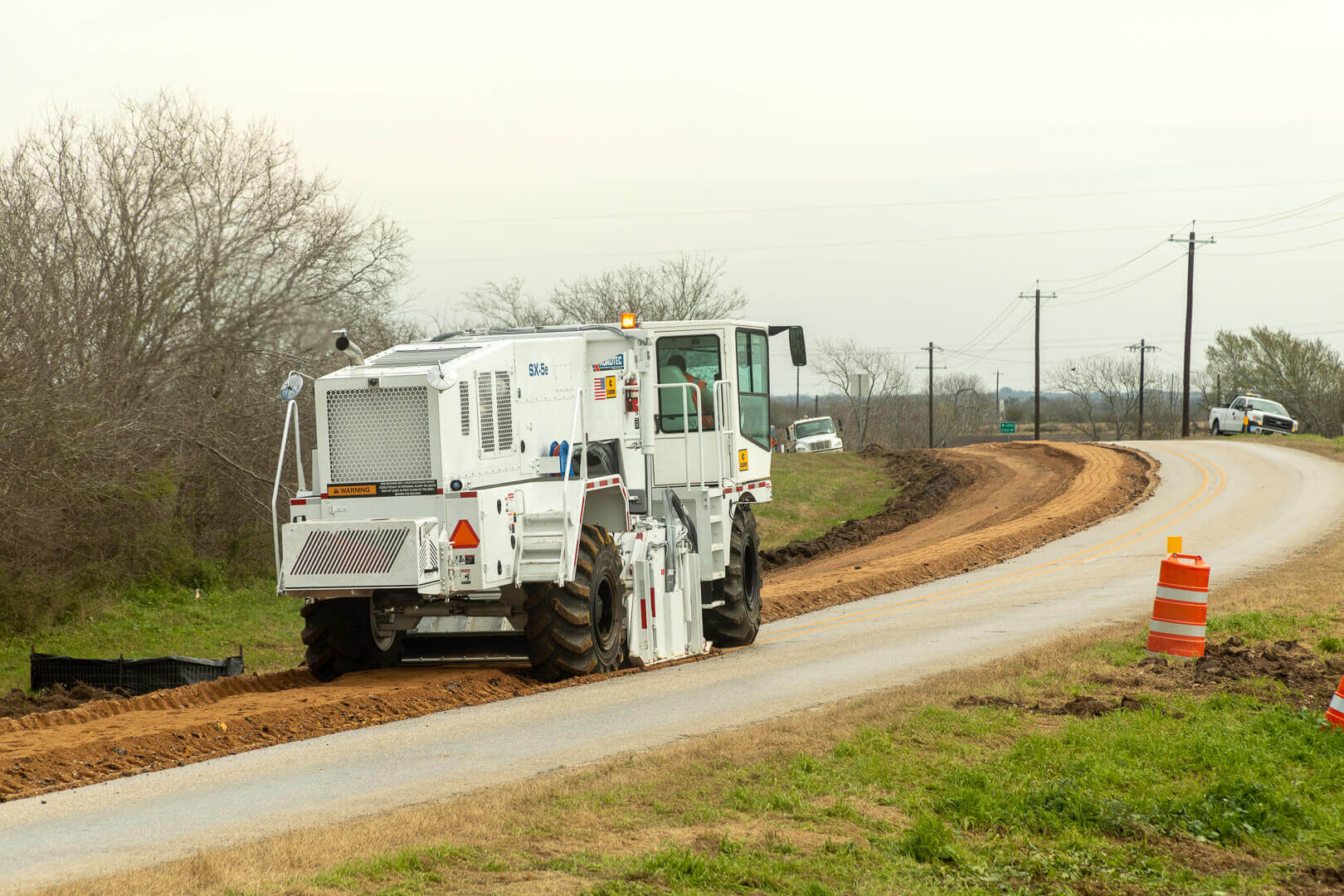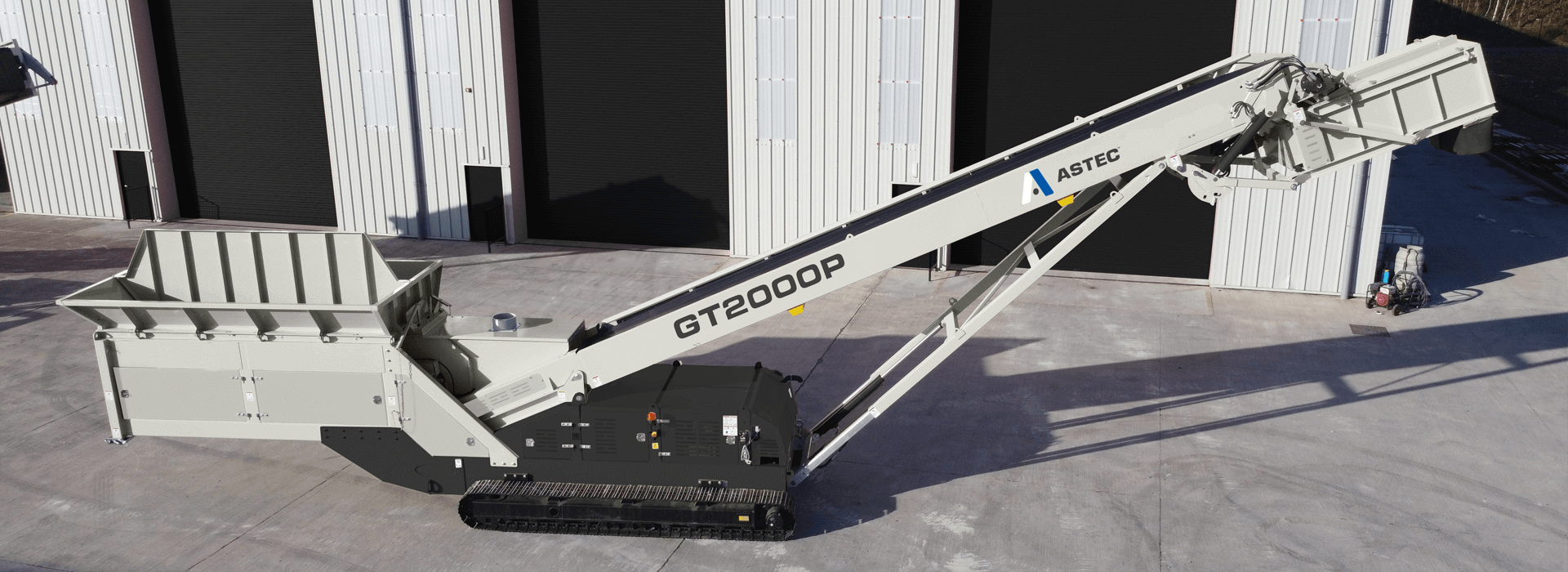Soil Stabilization
Soil stabilization is the process of preparing a surface for new road construction. It is essential when subgrade soils lack sufficient strength to support new pavements and foundations. The existing material is milled, and chemical or bituminous additives may be integrated to increase bearing capacity and improve properties. The enhanced material is then graded and compacted to provide a quality base for a new road or foundation. Soil stabilizers are used anywhere new construction or new roads are being built. Common applications include roads, business parks, motorsports tracks and airports.
What are the Benefits of Soil Stabilization?
Soil stabilization is efficient in terms of time, money and natural resources. Rather than preparing a base with new soil trucked in from another location, the existing material is combined with binding agents and recycled.
